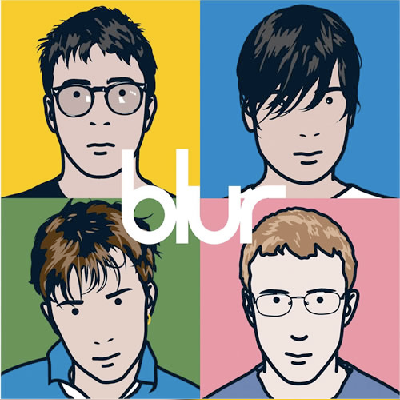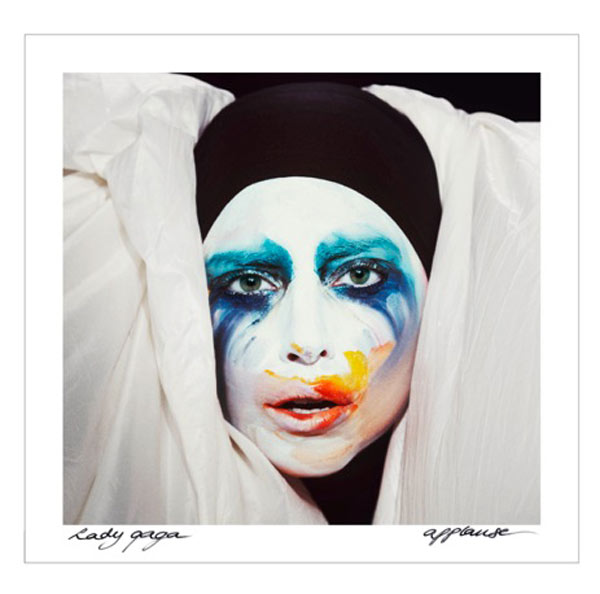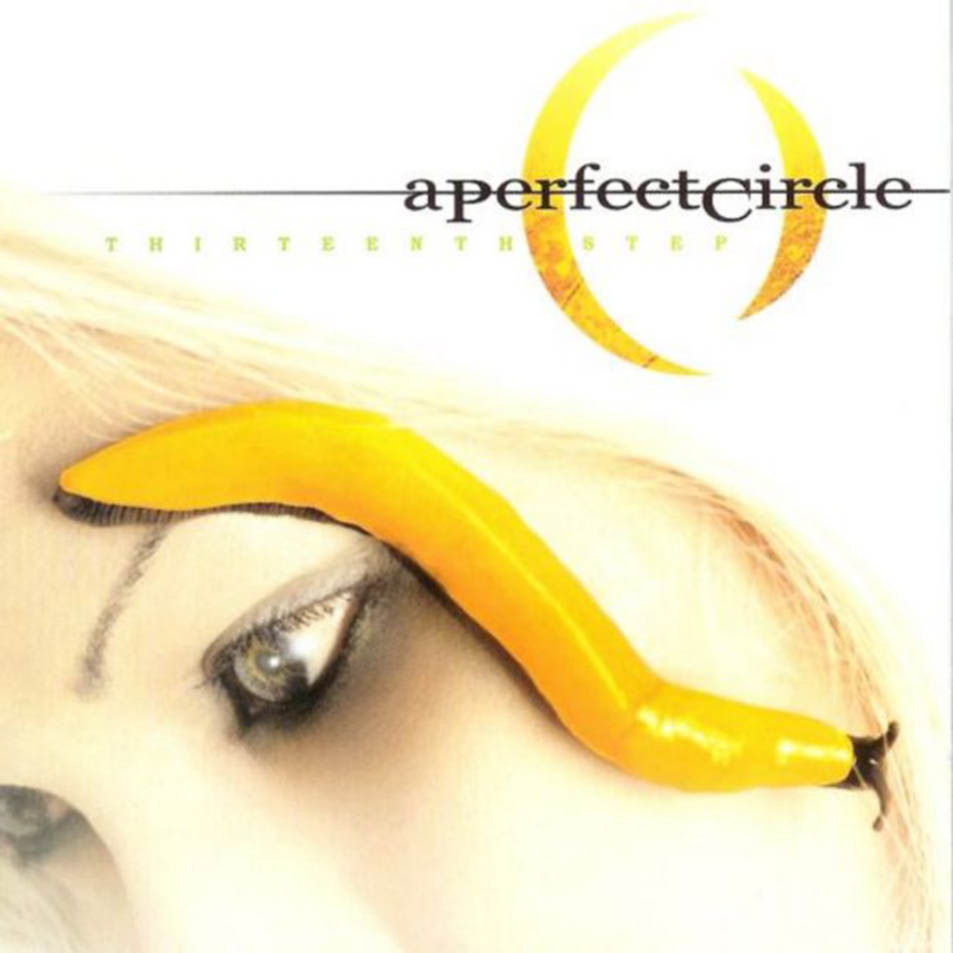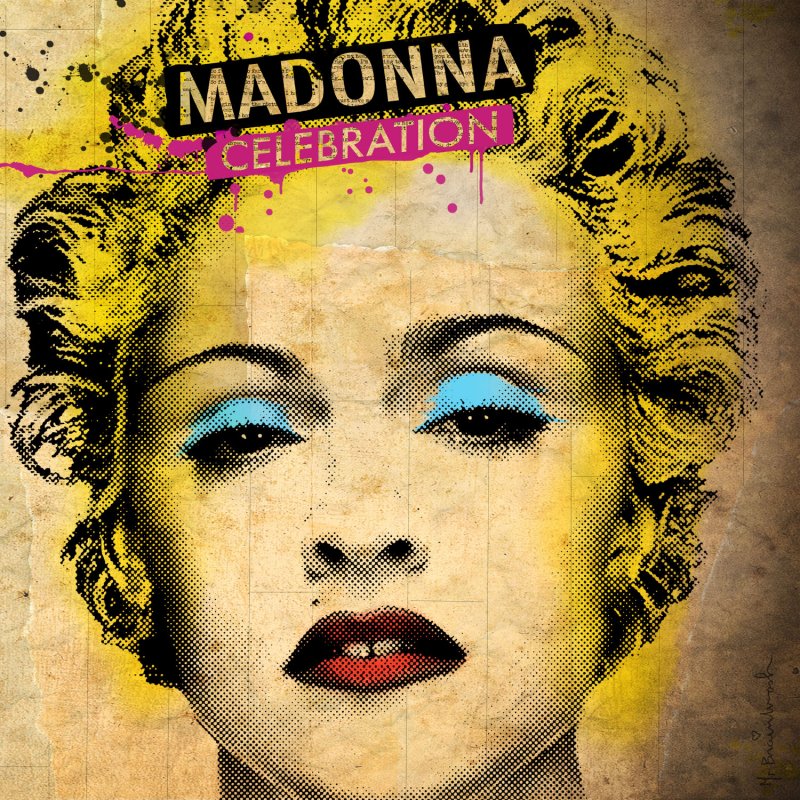Tuesday 31 December 2013
Drawing in the style.
This is essentially a practice drawing, I recreated the drawing on Sketchbook pro on the Samsung Galaxy Note 3. The program allowed me to add different layers to the image, to make sure I got the proportions right I first drew the image detailed and realistic, afterwards I added a new layer on top and began removing the detail from the image. The image it's self can be broken down into 5 layers separating background clothing, outline hair and skin, and facial features.
Thursday 19 December 2013
Reception theory - Theory
This theory is an active audience theory which sees the
audience as being actively engaged in the interpretation of media texts rather
than as passive consumers. Individuals receive and interpret texts in different
ways.
This theory demonstrated that even though one message is
sent out that not one understanding is made from the text.
This theory allows for a media text to be consumed
individually and take into consideration the meaning of a text and the
relationship between the individual.
The study of semiotics encoding and decoding
This theory says that media texts are encoded by the
producer (the people who make media texts) and these texts are full of
ideologies values and messages
The text is then decoded by an audience, however not all
audiences will decode and respond to the text in the same way. In some cases
this is not what the producer intended.
How encoding and decoding works
When a producer creates a text it is encoded with a
meaning or message intended to be conveyed to the audience. This is called the preferred
meaning.
This theory will sometimes be correctly decoded and the
audience will understand what the producer wants them to.
Sometimes the producer can encode a message which is not
a message that is not completely understood by making a message ineffective.
Audience
types
Hall
identified three different types of audience readings
Dominant
or preferred
Negotiated
Oppositional
How
can understanding be determined?
Many things can affect which reading we take (from the above)
Life experience
Mood at the time of viewing
Age
Culture
Beliefs
Gender
Many things can affect which reading we take (from the above)
Life experience
Mood at the time of viewing
Age
Culture
Beliefs
Gender
By using recognised codes and conventions, and by drawing
upon audience expectations relating to aspects such as genre and use of stars,
the producers can position the audience and thus create a certain amount of
agreement on what the code means. This is the preferred meaning.
Semiotics - Theory
Semiotics- Semiotics, also called semiotic studies is the
study of signs and sign processes (semiosis), indication, designation,
likeness, analogy, metaphor, symbolism, signification, and communication.
Semiotics is often divided into three branches:
Semantics:
Relation between signs and the things to which they refer; their denotata, or meaning
Syntactics:
Relations among signs in formal structures
Pragmatics:
Relation between signs and sign-using agents
The study of semiotics encoding and decoding
This theory says that media texts are encoded by the producer (the people who make media texts) and these texts are full of ideologies values and messages
The text is then decoded by an audience, however not all audiences will decode and respond to the text in the same way. In some cases this is not what the producer intended.
How encoding and decoding works
When a producer creates a text it is encoded with a meaning or message intended to be conveyed to the audience. This is called the preferred meaning.
This theory will sometimes be correctly decoded and the audience will understand what the producer wants them to.
Sometimes the producer can encode a message which is not a message that is not completely understood by making a message ineffective.
Hypodermic Needle - Theory
The hypodermic
needle is
an idea suggesting that an intended message is directly received and wholly
accepted by the receiver. The model is rooted in 1930s behaviourism and is
largely considered obsolete today.
The theory suggests that the mass
media could influence a very large group of people directly and uniformly by
‘shooting’ or ‘injecting’ them with appropriate messages designed to trigger a
desired response.
The "hypodermic needle theory" implied mass media had a direct, immediate and powerful effect on its audiences. The mass media in the 1940s and 1950s were perceived as a powerful influence on behaviour change.
The theory is now not widely recognised anymore in society today because there is not enough evidence to suggest the theory to be true. Only a small amount of the audience believe the press and would act on the ideas instigated by the press.
The classic example of the application
of the theory
was
illustrated on October 30, 1938 when Orson Welles broadcasted the radio edition of H.G. Wells' "War of the Worlds." On the eve of Halloween, radio
programming was interrupted with a "news bulletin" for the first
time. What the audience heard was that Martians had begun an invasion of Earth
in a place called Grover's Mill, New Jersey. The audience believed that this
news bullion was true and mass panic ensured with raided grocery stores and
interrupted religious services.
Media theorists have said that this
is the greatest example of the hypodermic needle theory. The broadcast
suggested that the media could manipulate the public, leading theorists to
believe that this is one of the primary ways media authors shaped audience
perception
Album Cover Drafting

The image was hand drawn on the Autodesk Express Application for Apple iPad. The images were then uploaded to dropbox to send them to the computer.
The image will be edited further with the lines straightened out and some removed. The image will also be colourised to further fit into the style of Julian Opie. The colouring of the image will also be completed on the Autodesk Express application, when colouring the image I will be removing detail from the skintones and replacing it with smooth block colours.

This is the First colourless draft.
Wednesday 18 December 2013
Existing Album Covers

All of the selected album covers show the artist in a medium close up shot, this is to show the importance of the artist but also prompts the audience what artist is inside. An album cover shows the artist as the record company wants to portray them, this means that this is the only and 'ideal' way to portray the artist.
The Album covers all portray the artist with a unique style, nearly all of them portray the artist with an expressionless face, usually breaking the fourth wall and making eye contact with the audience targeted or otherwise.
The albums all feature individual looks making it impossible to confuse them, this makes them easier recognisable to the audience in a shopping environment. The backgrounds are usually also monotone with a basic colour to draw attention towards the artist . The album covers main purpose is to sell the artist to the audience and is at the forefront of doing so, it fits in with the phrase 'Don't Judge a book by its cover' although that is exactly what the audience do.
Monday 16 December 2013
Makeup And Hair Tutorial
things applied to model
Hair- Texturising Gum This was applied to add a textured and messed up look to the models head.
Lips- red, black and white makeups, These were applied and removed and layered up to add a deeper colour to the models lips for filming.
Skin- red facepaint- this was applied then removed to give the model a more full complexion, it was also added to add more colour to the models cheeks.
Julian Opie
Opie was born in London in 1958 and raised in Oxford. He emerged as an influential figure in the British art scene of the 1980s after producing a series of painted metal sculptures that humorously combined loosely painted imagery with steel shapes. As his work developed it dealt increasingly with the exploration of visual and spatial experience, often with reference to digital simulation.
Opie's graphic portrait style and his use of computer aided design has enabled him move between the fields of contemporary art and commercial design: in 2000, he was commissioned to design an album cover forBlur, and in 2006, he created an LED projection for U2's Vertigo world tour.
Julian Opie designs very basic imagery but the images manage to retain personal characteristics and features. The style use is very basic because of its limited colour pallet and lack of features.
This is the style I have chosen to draw my Album Artwork because it is immediately noticable by audiences and so will create a media product that is unique and distinguished from others. This Image of Blur's album cover really stood out to me because of the way the band stand out froom the monotone backgrounds.
Friday 13 December 2013
Thursday 5 December 2013
First Photoshoot
these shots comprise a major part of my original music video ideas, However They have been shot in 4:3 aspect ratio. This means that it does not conform to the standard music video aspect which is 16:9 this means that I will have to reshoot the major parts of my music video, I have learned that the camera settings must be readjusted before setting out to film.
Some shots can still be used as they were filmed because I filmed them in the 16:9 aspect ratio, the camera switched back to 16:0 when switching to full HD. this means that I will have to film in Full HD instead of 720p HD to maintain the correct aspect ratio. Filming in full HD will also allow me to add better effects because the better quality my footage the less damage post production editing will have on the final outcome.
Wednesday 4 December 2013
clothing
The costume will comprise of a t-shirt, jeans and black boots. The selected costume is quite modern and is based around the Alt-genre, this is better than other parts of the genre such as flowery dresses and summer styles. This style appeals to the mainstream audience in the 15-19 age group this is rebellious and generally a non-conformist ideology. This means that my costume must reflect this ideology of rebellious and not fitting into 'mainstream' fashion, the costume however does fit in to alternative conventions appealing to the target audience.
The costume is one of the major parts of this and any music video, this is because it represents what the artist stands for and can sometimes give visual cues as to what the subject of the music video is about. Costume represents the artist subliminally to the audience, they show what the artist believes in, sometimes however the costume can have a more direct influence over the audience, through the use of product placement it can influence an audiences purchese decisions and maybe fashion choices.
questionnaire responce
Questionnaire
1. Age
range…
|
|
|
X
|
|
|
|
|
|
|
12-14
15-19
20-24
25-30
31+
2. Do you watch music
videos?
.......................Yes..........................
3. What do you think is the
most important aspect of a music video? E.g. performance
…………………The
performance because it makes the music video compelling to watch….
4. What is the most
important part of the composition of a music video e.g. sound, mise-en-scene
cinematography or editing?
……………Mise-En-Scene because it comprises everything in the shot……………………
5. When watching music video
do you expect a narrative from the video or is it better if it’s more of an
abstract video?
……………Narrative…………………….
6. Do you prefer it when an
artist appears in the music video? Why?
Yes, because I enjoy seeing the Artist perform their song, although I also enjoy seeing the creative approach to a video………..
7. What genre of music video
do you
like?...............I like the Rock genre...................
8. Do you enjoy music videos
that do not generally conform to the conventions of a music
video?
Yes because I get to see the stuff I expect from a music video, although it makes the video more compelling to watch when its something I haven't seen before.
This feedback shows me that audicences expect what they are used to seeing in a music video, this means that I will stick close to the conventions of a music video, this also means that when trying out new methods I will make sure to link them to what audiences expect to come from the video.
this feedback also shows me that I need to work the most on the Mise-en-scene becuase it is the part of the footage that everyone sees so will be the one that needs to have to most focus.
Monday 2 December 2013
Questionnare
Questionnaire
1. Age range…
|
|
|
|
|
|
|
|
|
|
12-14
15-19
20-24
25-30
31+
2. Do you watch music videos? .................................................
3. What do you think is the most important
aspect of a music video? E.g. performance …………………………………………………….
4. What is the most important part of the
composition of a music video e.g. sound, mise-en-scene cinematography or
editing? ……………………………………………………
5. When watching music video do you expect
a narrative from the video or is it better if it’s more of an abstract video? …………………………………………………….
6. Do you prefer it when an artist appears
in the music video? Why? …………………………………………………..
7. What genre of music video do you
like?..................................................
8. Do you enjoy music videos that do not
generally conform to the conventions of a music video?
Subscribe to:
Posts (Atom)




















